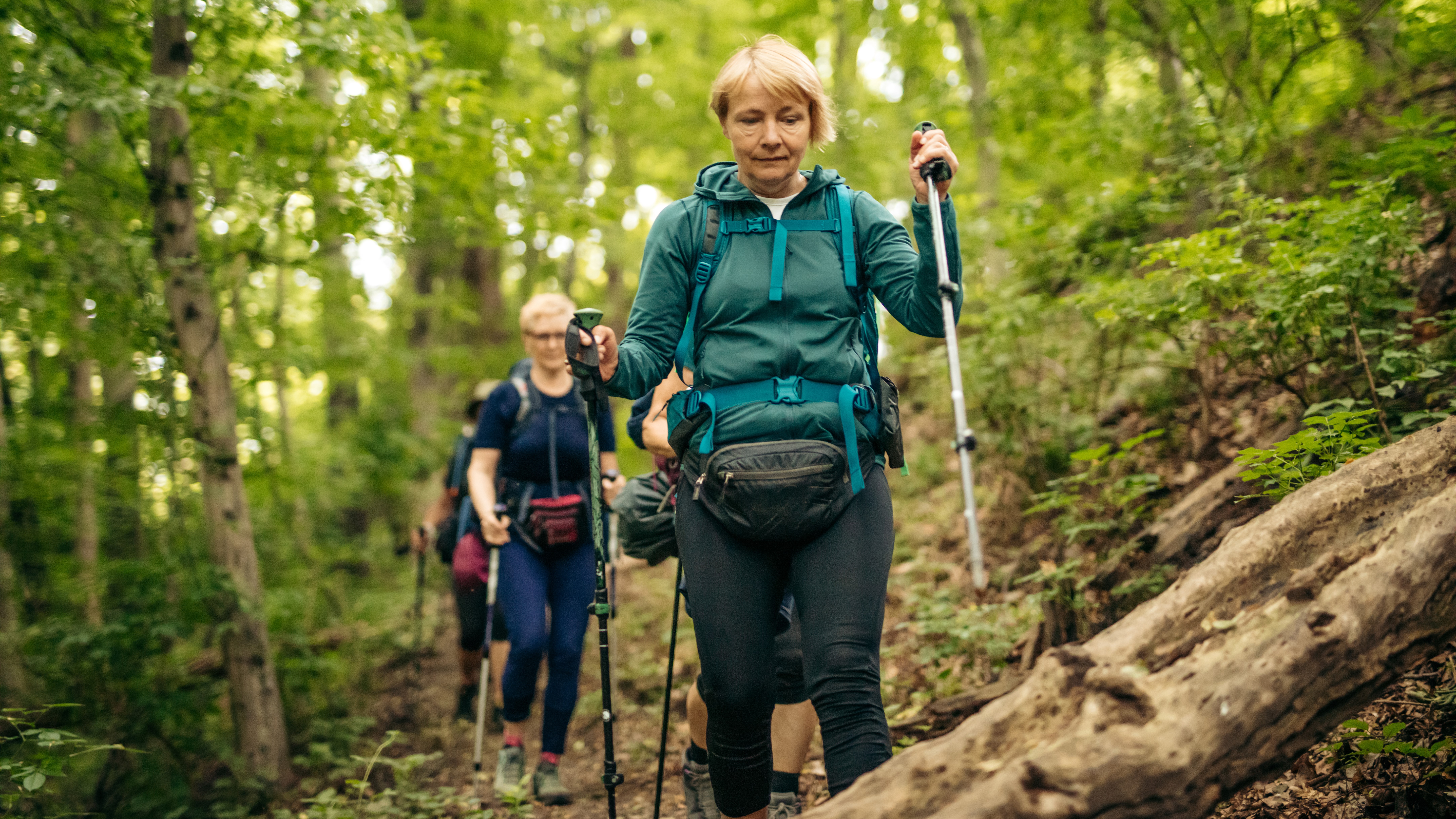If you like to don your best and hit the trails, hopefully you do so with the principles of in mind and carry out everything you bring in (even those ). But if you tend to travel the trails in large, chatty groups, there's a good chance you're doing more damage than you realize, according to new research. A study published in the new issue of looked at the effects of noise pollution on and found that the vocal sounds of large groups of hikers and bikers have the biggest impact on animal behavior.
It also observed that our footprint lasts for far longer than we spend on the trail. Though other studies have been performed on the subject of how recreation affects wildlife, finding for example that it can impact , this study is the first to examine what role noise plays, as well as the impact of group size and recreation type. To conduct their research, wildlife biologists set up a series of motion-triggered speakers and cameras in trees in Bridger-Teton National Forest, which comprises a large part of the in Wyoming.

The is home to a wide array of large mammals, including , , , and and hosts two Wilderness Study Areas. When animals entered the range of the devices, the speaker started playing recreational sounds from a distance of 65 feet (20 meters). From the video footage captured, the authors of the study observed that wildlife were 3.
1 – 4.7 times more likely to flee the area when recreational noise was present and remained vigilant for up to three times longer compared wi.
















